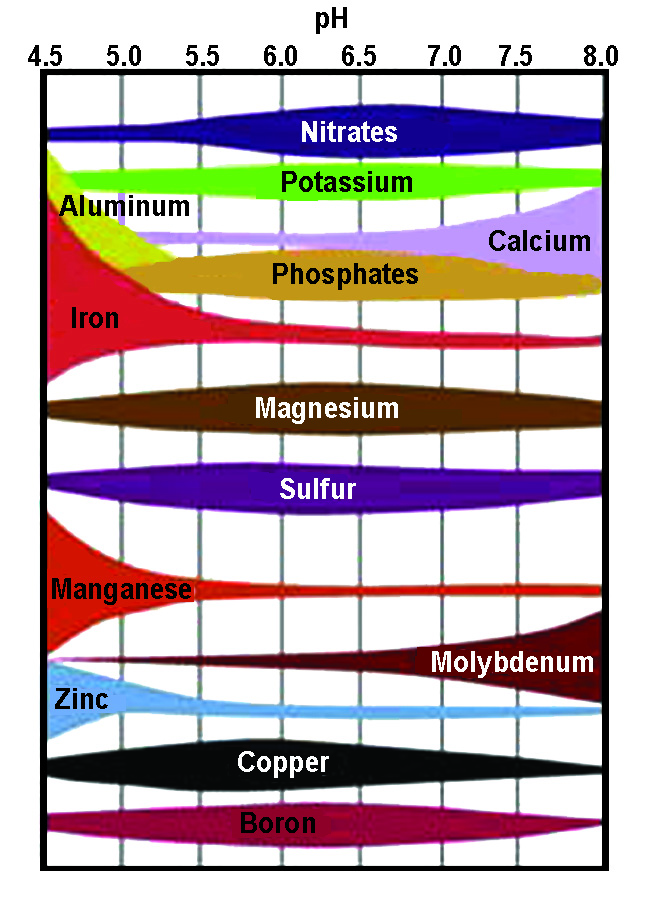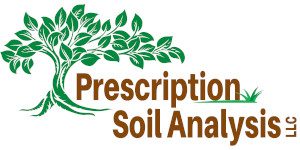Nearly 100% of all soil testing labs use methodologies developed for agricultural soils and crops.
Unfortunately, that is not very helpful for your turf or ornamentals.
All Soil Tests Are Not The Same . . .

• Most soil tests are actually agricultural tests, perhaps modified slightly for non-agricultural ‘crops.’
• Most tests do not view the soil as a dynamic entity and therefore focus on short-term goals which often run counter to creating a sustainable growing environment.
• Most tests do not provide the specific ‘soil type’ which is critical to making recommendations that will affect real change leading to productive soils.
• Most tests only examine a handful of items, usually primary nutrients (N, P & K) and a few other nutrients plus pH.
• Test results and recommendations (if provided) are often difficult to understand or follow since they are often written in scientific jargon.
Prescription Soil Analysis provides a different test . . .
• This test was specifically developed for non-standard crops and plants utilizing a different testing protocol which determines what nutrients are actually available for use by the plants directly (Nutrient Availability testing).
• Though not exactly a biological test, several of the test points, including compaction, can provide an indication of probable or potential biological activity – a key for developing productive, sustainable soils.
• By providing the ‘soil type’ all recommendations are adjusted for the plants being grown in that specific soil. This assures the best possible outcome (value) for the money invested both in the plants and in soil amendments.
• This 19-point test includes the normal NPK plus nine secondary/trace nutrients, organic content, soil type as well as compaction and biological activity indicators.
• The results and recommendations are prioritized and written in non-technical language that is easy to understand and follow. Each test comes with a six-page brochure that uses colorful charts and simple terms to explain the various aspects and components that make the soil so dynamic and special.
Other tests may cost less initially, often because they are funded by tax dollars. However, their results/recommendations may have you spending money for items that aren’t needed or won’t produce the expected results due to other factors their test doesn’t include. The old adage “You get what you pay for” certainly applies in this situation.
